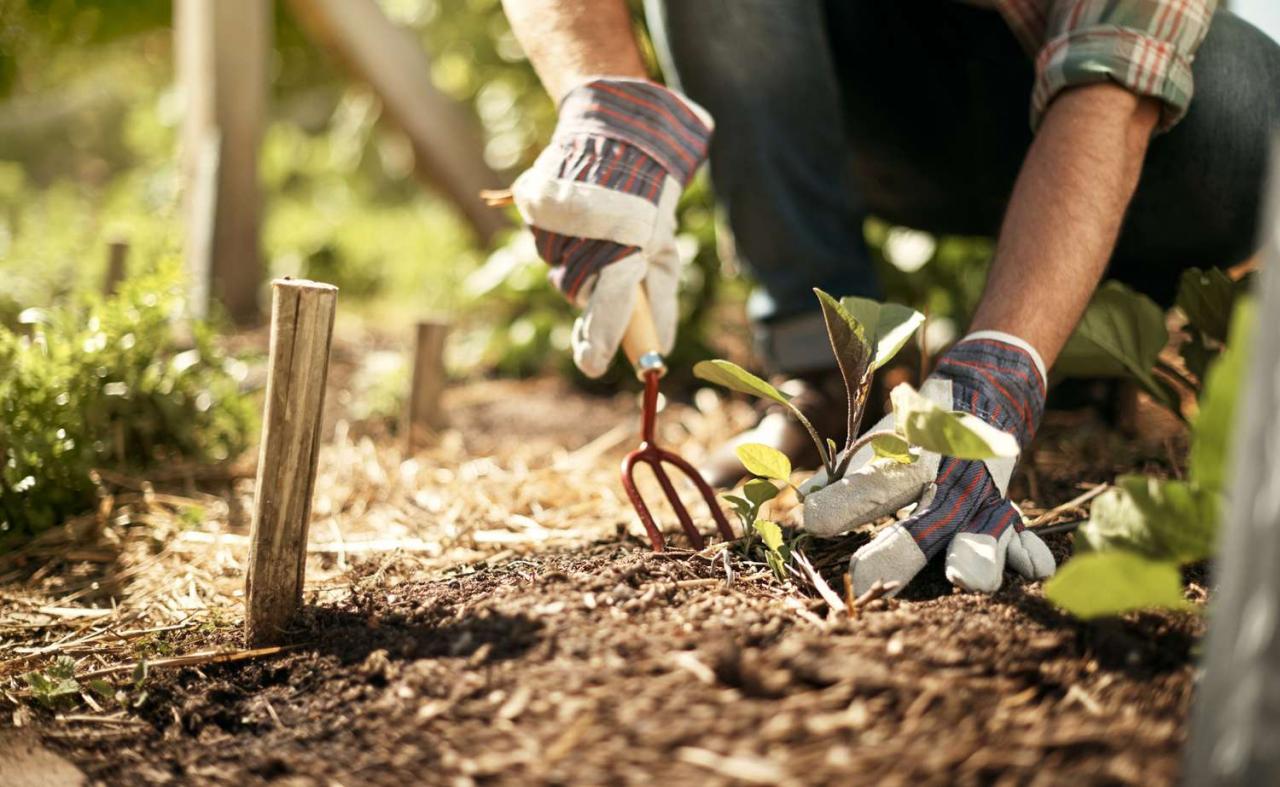
Introduction
Soil plays a crucial role in the success of gardening and landscaping projects. Different soil types possess unique characteristics that directly impact plant growth and overall plant health. As an avid gardener or landscaper, it is essential to understand the various soil types and their specific qualities to make informed decisions when it comes to planting. This article aims to provide a comprehensive overview of soil types, their properties, and the implications they have on successful cultivation. By delving into this topic, we can gain valuable insights into optimizing plant growth and ensuring thriving gardens and landscapes.
I. The Importance of Soil Analysis
Before embarking on any planting venture, conducting a soil analysis is vital. It allows gardeners and landscapers to understand the soil composition and tailor their planting techniques accordingly. Soil analysis involves examining key factors such as pH levels, nutrient content, and soil structure.
A. pH Levels: Determining Soil Acidity or Alkalinity
The pH level of soil indicates its acidity or alkalinity, which significantly affects plant nutrient availability. Most plants thrive in soil with a pH level between 6 and 7, considered neutral to slightly acidic. However, certain plants have specific pH requirements. For example, blueberries prefer acidic soil with a pH level between 4.5 and 5.5. It is crucial to test the pH level of the soil and adjust it accordingly to meet the needs of the desired plants.
B. Nutrient Content: Nourishing Plants for Optimal Growth
Soil nutrient content directly influences plant growth and development. Essential nutrients like nitrogen (N), phosphorus (P), and potassium (K) are crucial for plant health. Nitrogen aids in leaf and stem growth, phosphorus promotes root development, and potassium supports overall plant vigor. Conducting a soil analysis helps determine the nutrient deficiencies or excesses, allowing gardeners to amend the soil with appropriate fertilizers or organic matter to optimize plant growth.
II. Common Soil Types and Their Characteristics
A. Sandy Soil: The Well-Draining Type
Sandy soil is characterized by its large particle size, resulting in excellent drainage but poor water and nutrient retention. It feels gritty to the touch and does not clump together easily. While it warms up quickly in spring, sandy soil tends to dry out rapidly, requiring frequent watering and careful attention to plant moisture levels. Planting drought-tolerant species like lavender or succulents can thrive in sandy soil due to their adaptability to arid conditions.
B. Clay Soil: The Moisture-Holding Type
Clay soil, on the other hand, consists of small particles that compact together tightly, resulting in poor drainage but excellent water and nutrient retention. It feels sticky and molds easily when wet. Clay soil tends to become compacted, making it challenging for plant roots to penetrate. Amending clay soil with organic matter like compost or peat moss can improve its structure and drainage. Plants with deep roots, such as tomatoes or sunflowers, can flourish in clay soil, benefitting from its moisture-retaining qualities.
C. Loamy Soil: The Ideal Gardener’s Choice
Loamy soil is widely regarded as the ideal soil type for gardening and landscaping. It is a well-balanced combination of sand, silt, and clay, offering excellent drainage, moisture retention, and nutrient availability. Loamy soil has a crumbly texture and feels soft to the touch. It is highly fertile and easy to work with, making it suitable for a wide range of plants. Many gardeners find success growing vegetables, herbs, and flowers in loamy soil due to its optimal conditions for root development and nutrient absorption.
III. Adapting Planting Techniques to Soil Types
A. Mulching: Promoting Soil Moisture and Nutrient Retention
Regardless of soil type, mulching is a beneficial technique for gardeners and landscapers. By applying a layer of organic mulch, such as wood chips or straw, to the soil surface, moisture evaporation is reduced, helping to maintain consistent soil moisture levels. Additionally, mulch breaks down over time, enriching the soil with organic matter and enhancing nutrient availability. This practice proves particularly useful for sandy soil, where water retention is a challenge, and clay soil, where improved drainage is needed.
B. Raised Beds: Overcoming Challenging Soil Conditions
In cases where the existing soil is unsuitable for planting, constructing raised beds provides a viable solution. Raised beds allow gardeners to create a controlled environment by filling them with the desired soil type. This technique is especially beneficial for gardens with heavy clay soil or poor drainage. By incorporating loamy or sandy soil into raised beds, gardeners can optimize growing conditions for a wider range of plants.
C. Soil Amendments: Improving Soil Structure and Fertility
Amending the soil with organic matter and targeted additives is an effective way to improve soil structure and fertility. For sandy soil, incorporating compost or well-rotted manure enhances water and nutrient retention. In contrast, adding organic matter to clay soil helps loosen its compaction, allowing for better drainage and root development. Regularly incorporating organic amendments, such as compost, peat moss, or vermiculite, into the soil can gradually transform its quality, making it more conducive to plant growth.
Conclusion
Understanding soil types and their impact on planting is essential for any gardener or landscaper. By conducting a thorough soil analysis, considering the characteristics of different soil types, and adapting planting techniques accordingly, one can optimize plant growth and create thriving gardens and landscapes. Whether it’s choosing the right plants for sandy soil, improving drainage for clay soil, or enjoying the versatility of loamy soil, incorporating these strategies will yield fruitful results. Remember the words of the renowned gardener and author, Gertrude Jekyll, who once said, “The love of gardening is a seed once sown that never dies.” With a deeper understanding of soil types, we can sow the seeds of successful planting and nurture our love for gardening for years to come.












